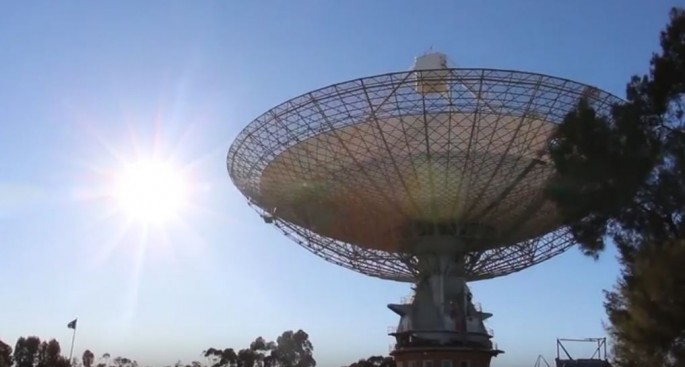The source of a mysterious radio signal coming from the outer space has been finally located by scientists. After a decade of research, experts were finally able to pinpoint the origin of the first fast radio burst.
It was in 2007 that the first fast radio burst was discovered. A radio telescope was able to pick the signal of the FRB, which led the team of experts to investigate further. After a series signal manifestation, a team of researchers from the University of California, Berkeley and Cornell University decided to do an extensive monitoring and research on the alien signal, according to Daily Mail
There were various theories being proposed to somehow capture the idea behind the radio signal. Some researchers suggested that the radio burst was coming from a neighbouring galaxy or within the Milky Way itself. However, a after series of discussions and research, it was determined that the radio signal was coming from a dwarf galaxy three billion light years away, as mentioned by the same publication.
Experts detailed that such phenomenon was a product of a solar flare. What the telescope had picked up were bursts coming from a star which erupted before the first complex life form appeared. Such energy has been travelling ever since, according to experts.
Although there are some explanations being offered, experts are still looking into the said activity in order to have a deeper understanding of the said phenomenon. Knowing the source of the radio signal is just a start, there are many things to be unravelled.
"We are the first to show that this is a cosmological phenomenon. It's not something in our backyard. And we are the first to see where this thing is happening, in this little galaxy, which I think is a surprise. Now our objective is to figure out why that happens," The Telegraph quoted Cornell University team leader Dr. Casey Law as saying.
Watch here below presentation of the signal's source location:



























